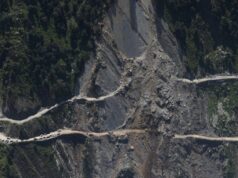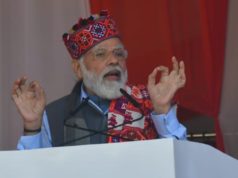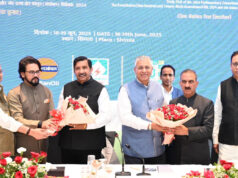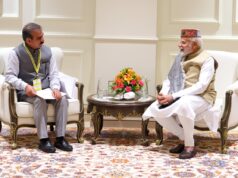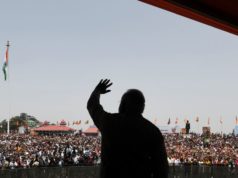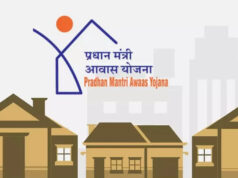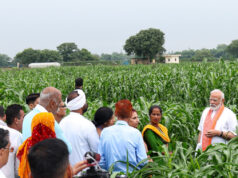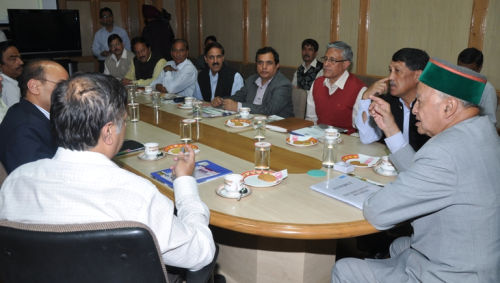The Narendra Modi-led Union Cabinet has given the green light to the much-debated ‘One Nation, One Election’ proposal, a bold move to synchronize Lok Sabha and Assembly elections across the country. The plan, which aims to hold urban body and panchayat elections within 100 days of national and state elections, marks a significant step towards reshaping India’s electoral system.
This decision follows the submission of a detailed report by a high-level committee led by former President Ram Nath Kovind. The committee, which included Home Minister Amit Shah, Law Minister Arjun Ram Meghwal, and senior advocate Harish Salve, recommended simultaneous elections as a way to optimize governance, reduce election-related costs, and prevent policy paralysis caused by frequent polls.
Synchronizing the Electoral Calendar
The primary challenge outlined by the committee is the alignment of different electoral cycles across the states and the country. At present, while Lok Sabha elections take place every five years, state Assembly and local body polls happen on different schedules. To resolve this, the panel recommended a legally sustainable solution to adjust electoral terms without undermining constitutional provisions.
The committee’s report also addressed scenarios like a hung assembly or a no-confidence motion, providing solutions to maintain the synchronized schedule even in such cases. This reform is expected to ensure greater political stability and reduce the disruptions that frequent elections cause to governance and policy implementation.
The ‘One Nation, One Election’ proposal has been a cornerstone of the Bharatiya Janata Party’s (BJP) electoral manifesto since 2019. It has long been championed by Prime Minister Narendra Modi, who reiterated his commitment to the idea during his Independence Day speech this year. Sources within the government have confirmed that the administration is determined to implement this significant electoral reform within Modi’s third term in office.
Expected Benefits of Unified Elections
The high-profile committee’s report highlights several advantages of simultaneous elections. It argues that aligning elections would streamline the voting process, making it easier for citizens to participate in all levels of government—from local bodies to Parliament—within a single voting cycle. Furthermore, the report claims that a unified election calendar would spur faster economic growth by providing a more stable policy environment.
Another key benefit would be reducing the frequent interruptions caused by the Model Code of Conduct, which is implemented before every election, halting new policy announcements and initiatives. Holding elections together would minimize these interruptions, allowing governments at all levels to function more effectively.
The committee also highlighted the social benefits, suggesting that synchronized elections would allow businesses and industries to operate without disruptions caused by multiple elections. Migrant workers, for example, would no longer need to take leaves of absence multiple times within a short span to cast their votes, avoiding disruptions in supply chains and production cycles.
Global Precedents and Research
The concept of holding simultaneous elections is not unique to India. Several countries, including Sweden, South Africa, and Belgium, have adopted synchronized election cycles to enhance administrative efficiency and minimize the costs associated with frequent polling. Research from these nations shows that simultaneous elections reduce the burden on government resources and allow for more consistent governance.
For instance, in Sweden, all three levels of government—national, regional, and local—vote on the same day every four years, ensuring a seamless electoral process. This model not only saves resources but also results in higher voter participation due to the convenience of casting votes for different levels of government in a single cycle.
Studies from the International Institute for Democracy and Electoral Assistance (IDEA) suggest that unified elections help maintain stability in governance and avoid the political uncertainty often associated with multiple election schedules. India’s ‘One Nation, One Election’ initiative is expected to draw on similar global experiences, adapting them to the country’s vast and diverse democratic landscape.
Additionally, the committee studied best practices from countries like Germany and the United States, where certain federal and state elections are held together to streamline electoral procedures. Research from these nations suggests that synchronized elections promote voter engagement and prevent prolonged election-related disruptions in governance.
Widespread Support and Implementation Strategy
Information and Broadcasting Minister Ashwini Vaishnaw confirmed that the ‘One Nation, One Election’ system would be implemented in two phases. The first phase will focus on creating a unified voter list, simplifying the process for both voters and election authorities.
“We will begin the discussions on a pan-India scale, and so far, 80% of respondents have expressed their support for the proposal,” Vaishnaw said, pointing to the favourable public response during early consultations.
The government plans to further engage with stakeholders, including political parties, legal experts, and civil society, to ensure the transition to synchronized elections is smooth and efficient.
Opposition Parties Concern
Despite the government’s push, the proposal has met with stiff resistance from opposition parties. Congress president Mallikarjun Kharge has been one of the most vocal critics, calling the plan “impractical and impossible to implement.” Kharge argued that the Modi administration is using this initiative as a distraction from real issues, stating, “When elections come and they don’t have issues to raise, they divert attention.”
Kharge also raised concerns about the implications of cutting short the terms of state Assemblies to align with the national elections, deeming it undemocratic. “The people will not accept it,” he said during an event in Delhi.
The Congress, along with 14 other opposition parties, has flagged practical challenges and concerns about the constitutional implications of the reform, warning that it could weaken federalism and the autonomy of state governments.
Looking Ahead
As India prepares for this major electoral reform, the next few months will likely see intense political debate and legal scrutiny. The Modi government remains firm in its belief that ‘One Nation, One Election’ will streamline governance, save resources, and stabilize the economy. However, opposition parties are expected to continue challenging the move, citing potential threats to democratic processes and federalism.
The proposal’s final shape will depend on further consultations with state governments, political parties, and legal experts, as the government navigates the complexities of aligning electoral calendars across India’s vast and diverse democracy. If successfully implemented by 2029, ‘One Nation, One Election’ could mark one of the most significant electoral reforms in the history of the country.


